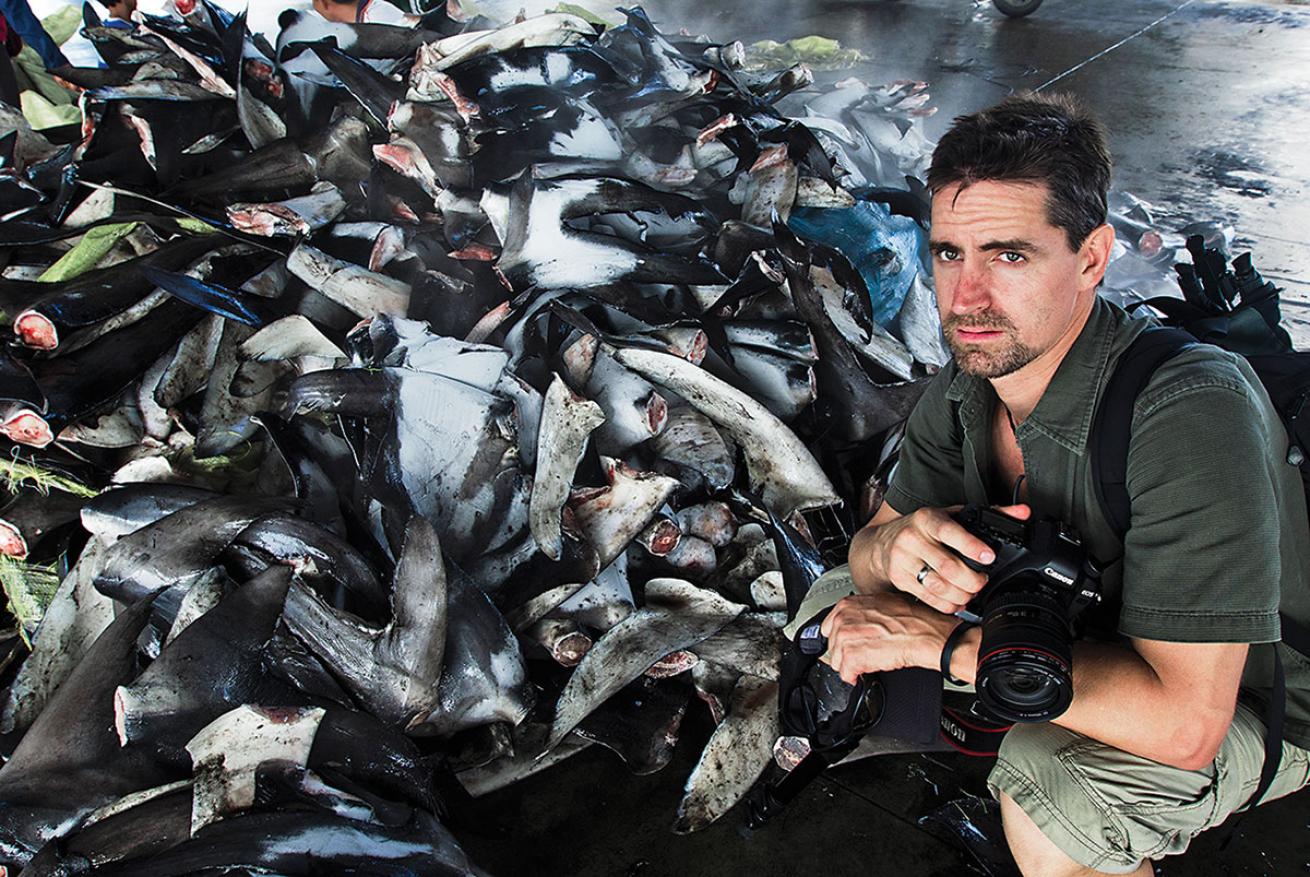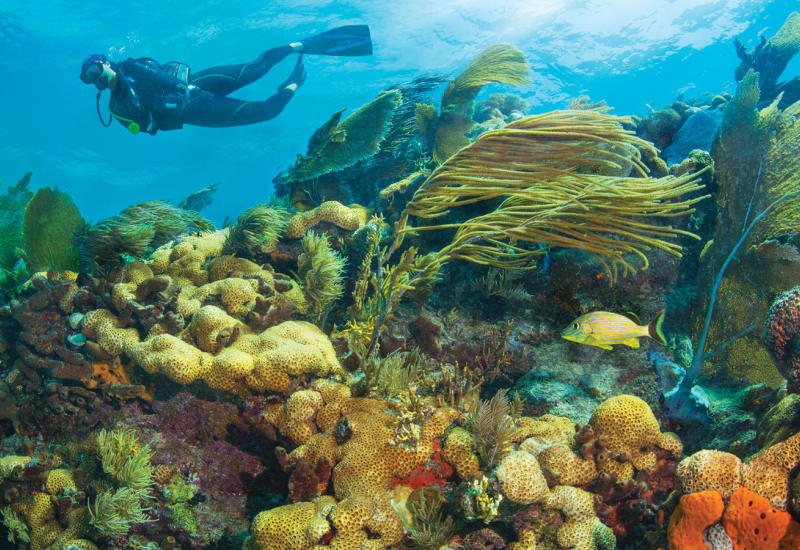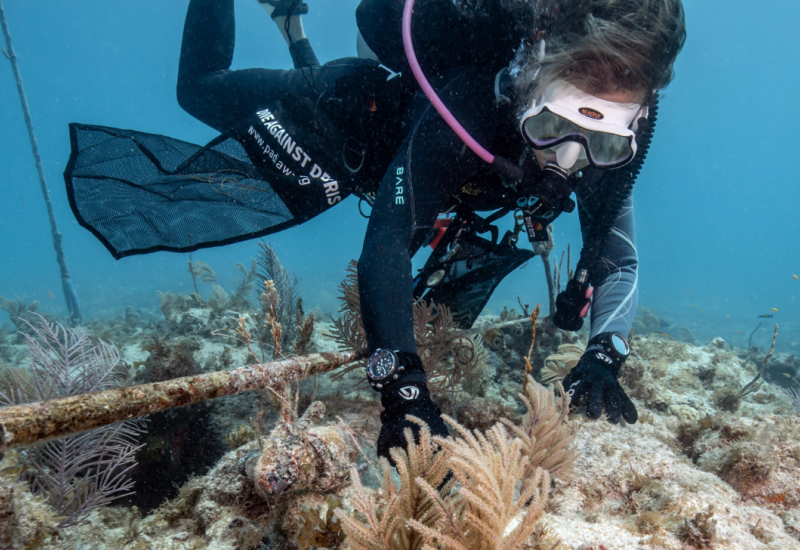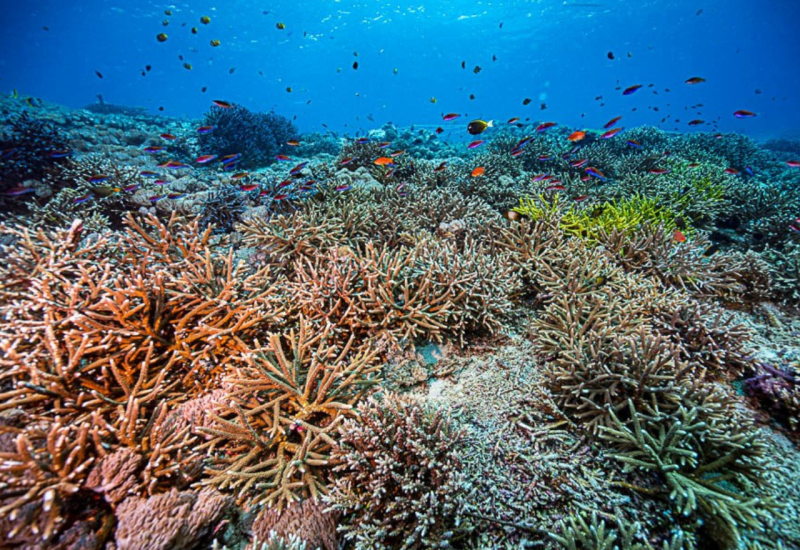Becoming a Shark Conservationist

Stop Shark Finning
26-73 million sharks are killed for their fins each year.
Paul Hilton
SOMETIMES THE BATTLE TO SAVE SHARKS GETS UGLY
Fighting for shark conservation is often frustrating and discouraging.
With more than a decade of investigative experience, I have seen just about every imaginable act of cruelty and wanton destruction. I have gone undercover in some of the most remote locations in the world: Taiwan, Indonesia, Ecuador, Peru, Costa Rica, Fiji and Africa. My objective is to combine powerful stories with images, exposing the truth.
One chilling experience occurred in 2010 in Manta, the shark-fishing hub of Ecuador. I was on assignment to document large-scale landings of shark species. With its tuna stocks severely depleted, the local fishing community had turned to targeting sharks.
When I entered the town, the tension weighed heavily. What followed next were perhaps the most intense 24 hours of my life. In the first hour, I had to fend off teenage bandits using only my monopod. Dinner ended abruptly when the restaurant owner informed my group that intoxicated fishermen were about to storm in and assault us. We slipped quietly out the back door.
Wielding bloodstained machetes, fishermen hacked the fins off the bodies of sharks piled on the beach. Twice a razor-sharp machete was pressed against my jugular, as angry fishermen cursed me and threatened to cut my throat. Each time I defused the situation with a smile, proclaiming myself a pescador de tiburones (shark fisherman). As the last sharks were processed, our fixer grabbed me and said, “The fishermen say as soon as they are done chopping the sharks, they are coming for you.” It was time go.
Our photos were the “smoking gun” images circulated globally by the Convention on International Trade in Endangered Species of Wild Fauna and Flora. Almost overnight, sharks became a priority on the CITES agenda. Finally, at the 2013 CITES meeting, historic protections for many species of sharks (and rays) were achieved.

Paul HiltonStop Shark Finning
26-73 million sharks are killed for their fins each year.
SOMETIMES THE BATTLE TO SAVE SHARKS GETS UGLY
Fighting for shark conservation is often frustrating and discouraging.
With more than a decade of investigative experience, I have seen just about every imaginable act of cruelty and wanton destruction. I have gone undercover in some of the most remote locations in the world: Taiwan, Indonesia, Ecuador, Peru, Costa Rica, Fiji and Africa. My objective is to combine powerful stories with images, exposing the truth.
One chilling experience occurred in 2010 in Manta, the shark-fishing hub of Ecuador. I was on assignment to document large-scale landings of shark species. With its tuna stocks severely depleted, the local fishing community had turned to targeting sharks.
When I entered the town, the tension weighed heavily. What followed next were perhaps the most intense 24 hours of my life. In the first hour, I had to fend off teenage bandits using only my monopod. Dinner ended abruptly when the restaurant owner informed my group that intoxicated fishermen were about to storm in and assault us. We slipped quietly out the back door.
Wielding bloodstained machetes, fishermen hacked the fins off the bodies of sharks piled on the beach. Twice a razor-sharp machete was pressed against my jugular, as angry fishermen cursed me and threatened to cut my throat. Each time I defused the situation with a smile, proclaiming myself a pescador de tiburones (shark fisherman). As the last sharks were processed, our fixer grabbed me and said, “The fishermen say as soon as they are done chopping the sharks, they are coming for you.” It was time go.
Our photos were the “smoking gun” images circulated globally by the Convention on International Trade in Endangered Species of Wild Fauna and Flora. Almost overnight, sharks became a priority on the CITES agenda. Finally, at the 2013 CITES meeting, historic protections for many species of sharks (and rays) were achieved.










